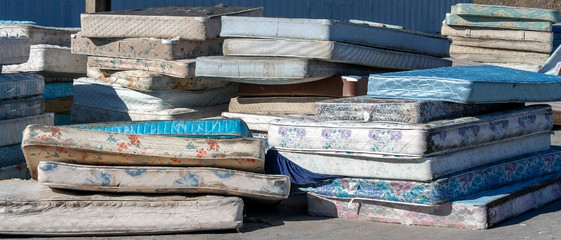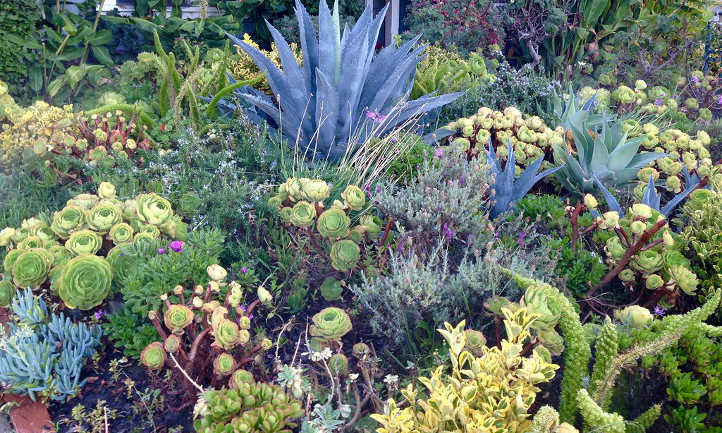With landfills overflowing and space dwindling, it is important to recycle your old mattresses. This will help to reduce waste and keep toxic materials out of the environment.
Most cities have specific rules about throwing large items like mattresses in the trash. Junk-hauling services will charge a fee for bringing them in, and they can be costly to transport. Contact Mattress Disposal Louisville KY for professional help.
Mattresses are one of the largest and bulkiest household items people don’t want to deal with. They are often covered in toxic chemicals to guard against fire and contain inner springs that can damage recycling machines. Each year, an average of 4.5 million mattresses and box springs end up in landfills or incinerators in the United States.
While you can’t recycle a whole mattress on your own, you can use a junk removal service to pick up your old mattress and dispose of it in an environmentally friendly way. This option typically costs between $150 and $250 and will include pick-up, hauling away, and disposal of your old mattress. If you are planning on using this service, make sure to compare pricing and reviews before making a decision.
Another way to dispose of your old mattress is to donate it. Many charities will take mattresses that are in good condition and are in need of a new home. This is a great way to help people in your community who need it and can save you money on a replacement. However, it is important to check with your local charities and Goodwill to make sure they accept mattresses before attempting to drop them off.
If you can’t find a charity in your area that will take your mattress, you can always drop it off at your local waste management center or recycling center. Many of these centers have a special section for large items like mattresses and box springs, so they can be easily dropped off.
There are also a number of websites that can connect you with local recycling facilities that will accept your used mattresses. You can search online by state or zip code to find a facility near you that will take your mattress. Many of these facilities will charge a fee for this service, but you can also find free options.
If you have the time and space, you can also recycle your mattress by taking it apart yourself. The steel springs and coils can be taken in for scrap recycling, and the foam can be shredded and reused for pillows or other products. The wooden frame can be cut up and used as mulch or wood slats for a compost bin.
Recycling
The good news is that mattresses can be recycled, so it’s worth trying this option before dumping your old mattress. It’s best to find an independent recycling center, though you should be aware that there may be a fee involved, depending on your location.
Start by wrapping your old mattress tightly in plastic sheeting or sturdy material. This will prevent it from taking on moisture or absorbing dust during storage and transport. Also, make sure that the box spring is separated from the mattress. This is important, as you won’t be able to put a mattress and box spring together in a single garbage bag for curb pickup.
Next, you can search for your local recycling center by using an online resource like Earth 911. This database will help you locate a recycling facility near you. Most recycle centers are happy to accept mattresses and will break them down into raw materials, such as foam, wood, and metal. Many of these components are then reused to make new mattresses.
You can also contact your city’s trash collection service for assistance with mattress disposal. Many cities offer bulk item pickup for large items, including mattresses. You will have to schedule a bulk item pick-up ahead of time, and it’s generally best to set the mattress out for trash collection no later than 6 PM on the night before your pickup day. Be sure to place it in a black garbage bag or other color that will help it stand out from the rest of your garbage.
If you want to take it a step further, you can try to dismantle the mattress yourself by removing the innersprings and breaking down the foam. This can be an extremely time-consuming process, but it is environmentally responsible and you can sometimes earn money for the broken down parts of your mattress. For example, you can sell the metal springs to a scrap yard, and the foam can be turned into carpet padding or upcycled into other products.
If you’re willing to pay a little extra, you can also hire a junk removal company that will handle the entire process for you. This can be especially helpful if you don’t have the time or equipment to wrap or transport a mattress.
Donation
Many charities accept donated items, including mattresses, that are then sold in thrift stores for low prices. These items help a wide range of people, from the elderly to families to the disabled, with housing and bedding options that are more affordable than purchasing brand-new furniture. The Salvation Army and local Goodwill locations are a few examples of charities that take mattress donations. However, these organizations are only interested in pristine or gently used mattresses. They don’t want stained or worn ones, and they also won’t accept mattresses with major structural issues like sagging or lumpy areas.
If you have the time and space, you can also break down your mattress yourself and recycle or repurpose its parts. Most of the components in a traditional innerspring mattress can be reused, from the steel springs to the cotton and foam padding. These can be sold for scrap metal or turned into new bedding and other household items.
To prepare your mattress for donation, you should strip it of all sheets and covers. Remove the box springs as well, and vacuum and clean it thoroughly with a specialized cleaning product. Aside from stains, look for any obvious holes or tears in the fabric and major structural issues that would make it unusable. You should also smell the mattress to ensure it doesn’t have a strong odor. If you’re unsure about the odor, ask a friend or family member to smell it for you.
Breaking Down
With a growing recycling industry and states facing finite landfill space, mattress disposal has become a top priority. Many companies offer large trash pickup, recycling or donation options for mattresses. However, those services may not be available in your area. In addition, they may require a fee and advance arrangements.
If your options for disposal are limited, consider breaking down the mattress before throwing it away. While this can be time-consuming, it helps reduce the amount of waste thrown in landfills. It also saves on storage space if you plan to sell or recycle the pieces.
The springs and coils of a mattress can be sold to a scrap metal yard for cash or recycled into new parts and materials, such as steel bicycle frames. The foam can be shredded and used in carpet padding, insulation, seat cushions and pet bedding. Cotton, wool, silk and polyester can be repurposed for clothing or craft projects. The wood can be used as compost material or burned in a fire pit.
Another advantage to breaking down a mattress before disposing of it is that you can make sure there are no bed bugs present. These pests are attracted to the warmth and moisture in a mattress and can cause itchy skin, red eyes and other symptoms. They are especially hard to get rid of once they have established a home in your mattress.
If you are concerned about bed bugs, you can use a special mattress bag to contain them until they can be cleaned and bagged. The bags are typically sold at the same places where mattress and box springs can be purchased, as well as online. They can also be bought at many hardware stores. Alternatively, you can wrap the mattress in plastic and set it out with your regular trash. However, this option can be risky, as chemicals from the flame retardant in some mattresses leach into the soil and groundwater. Also, many municipalities have specific rules about setting out bulk items, such as mattresses, which can result in a fine if you do it wrong.


